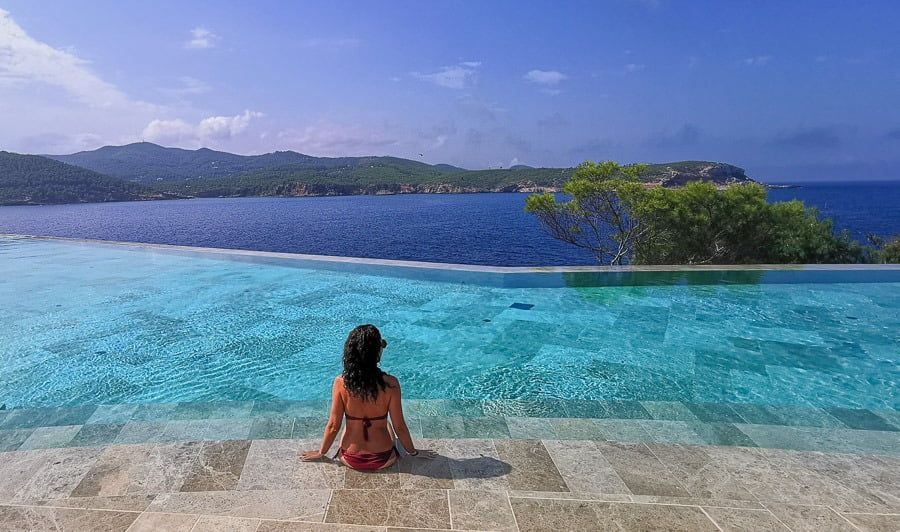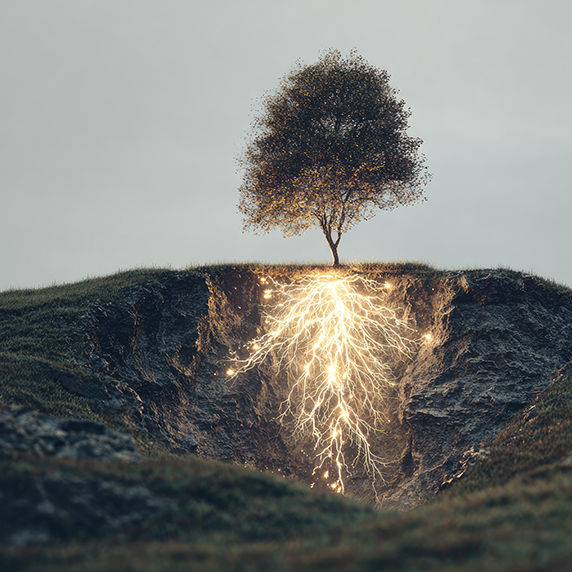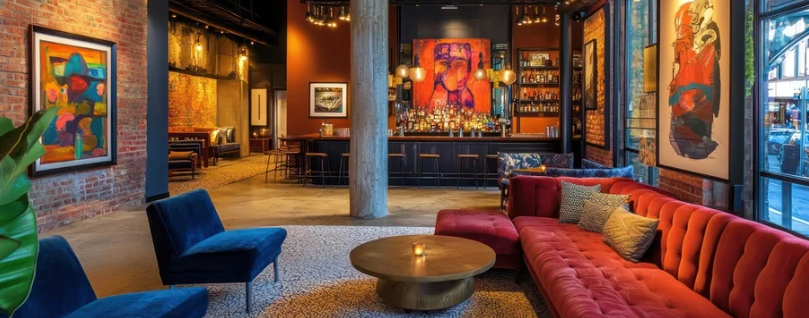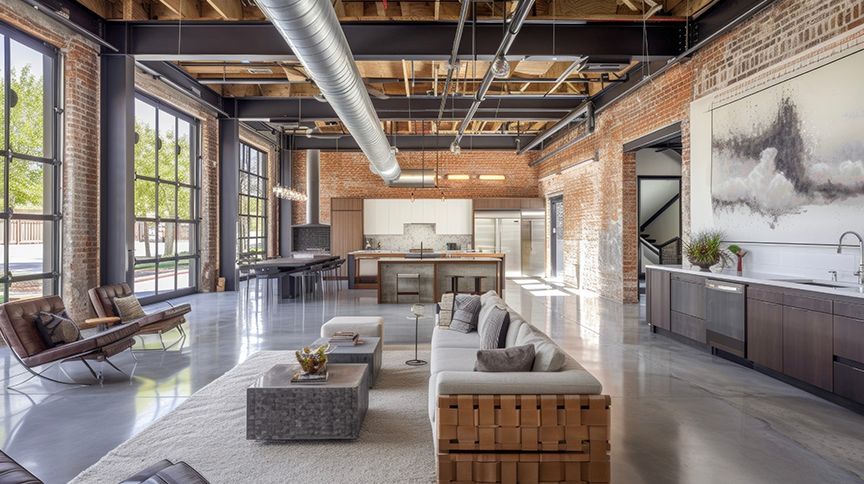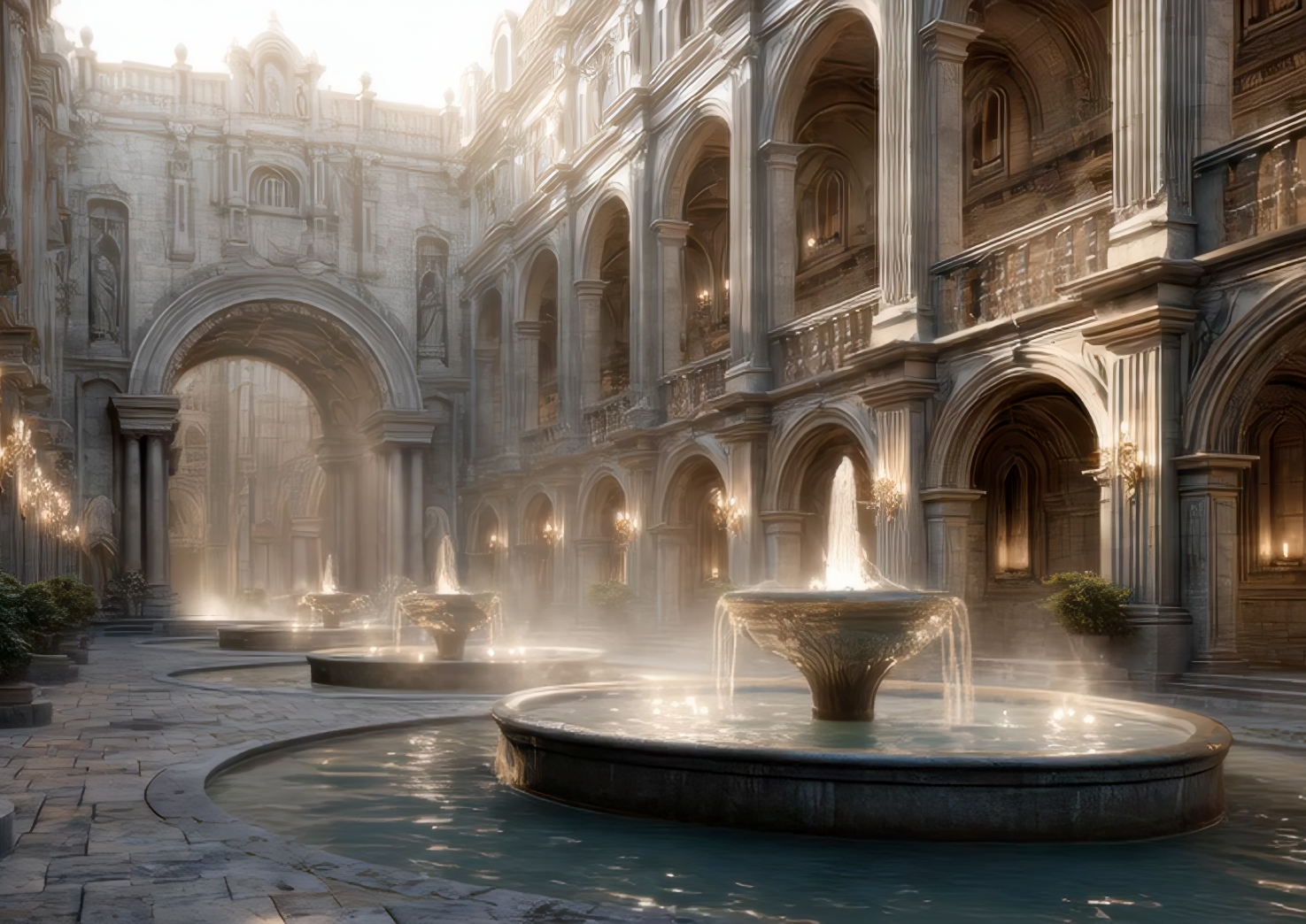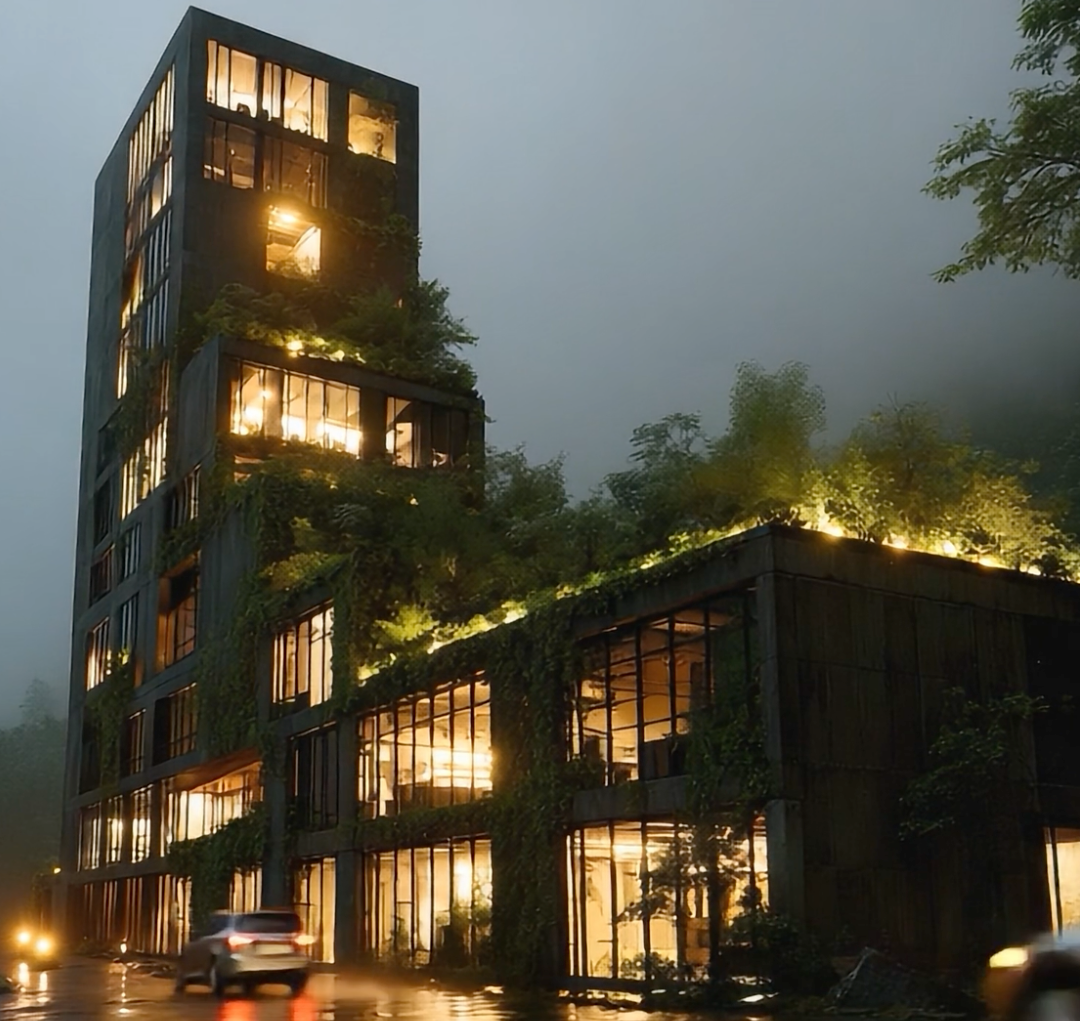Lessons From Nature No 1
Why Architects Are Turning to Trees, Termites & Ecosystems for Inspiration
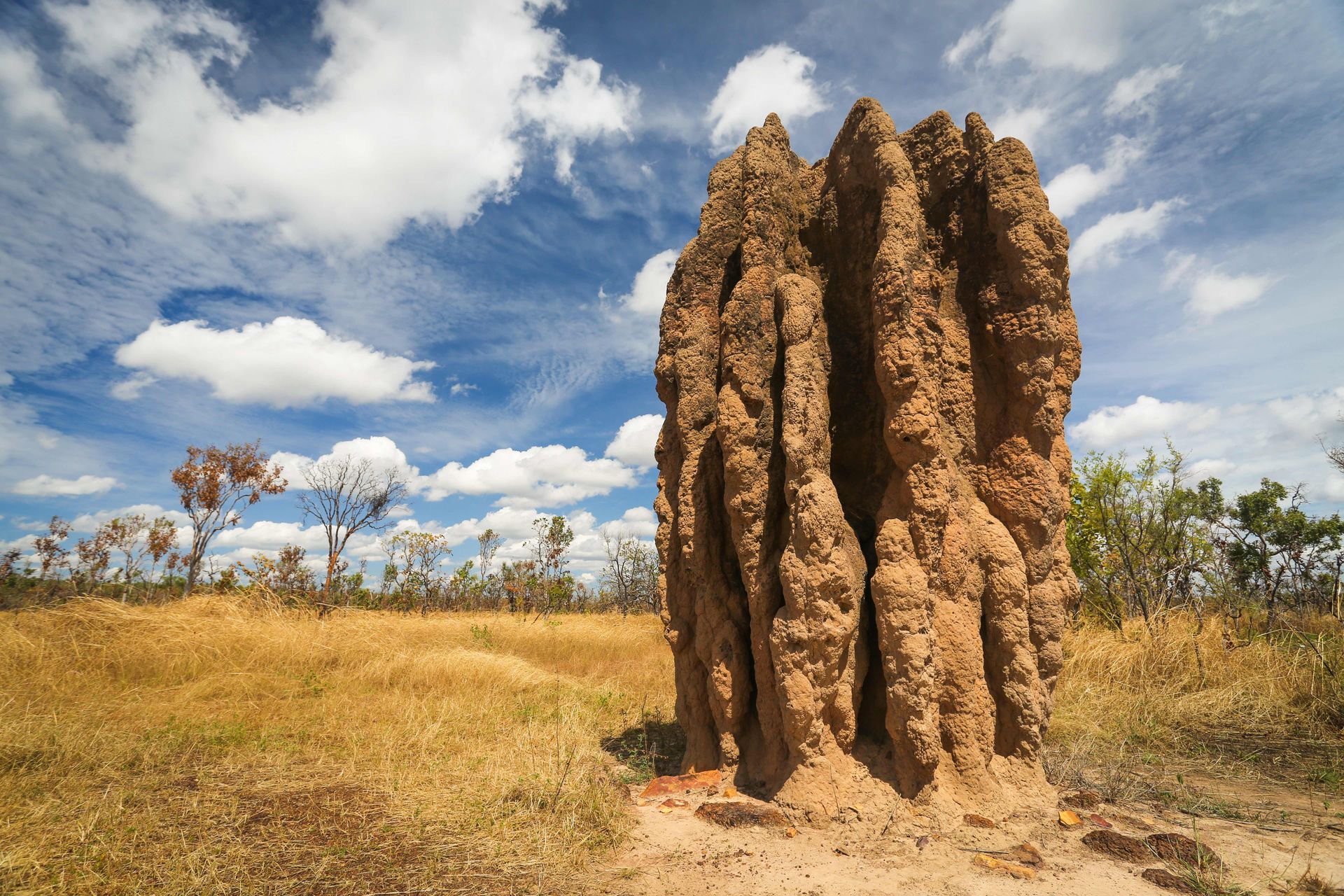
What if the smartest solutions to our design problems have already been perfected—quietly evolving over 3.8 billion years? That’s the idea behind biomimicry, an approach to architecture and design that looks to nature’s strategies for answers.
Biomimicry isn’t just about copying the look of a leaf or the curve of a shell. It’s about understanding how and why nature works so efficiently—and then applying those principles to human challenges. From the self-cooling mounds built by termites to the water-repellent surface of lotus leaves, the natural world is packed with design ideas that are both elegant and effective.
Nature Knows Best
At the heart of biomimicry are three powerful principles:
👉
Emulate – Draw directly from nature’s strategies to solve design problems
👉
Ethos – Create solutions that are sustainable and regenerative by design
👉
Reconnect – Build a deeper respect and relationship with the natural world
This way of thinking is reshaping how we build. Take, for instance, buildings that self-regulate temperature by mimicking termite mounds. Or rooftops designed like rolling hills that not only insulate but also support wildlife and manage rainwater.
Nature teaches us that in a healthy ecosystem, there’s no such thing as waste. Everything plays a role, everything has a purpose. Imagine applying that mindset to the built environment—where buildings give back to their surroundings, adapt to change, and function more like living systems than static structures.
Architects and designers are increasingly using insights from trees, seashells, and even spiderwebs to solve modern challenges—reducing energy use, improving air quality, and creating structures that are both beautiful and deeply functional.
Whether you’re designing a home, a commercial building, or an entire community, nature offers a time-tested blueprint. And the more we learn from it, the better equipped we are to build a future that’s resilient, efficient, and in harmony with the world around us.
🌿 Looking for architectural inspiration? Start by looking outside.....more "Lessons" coming soon

